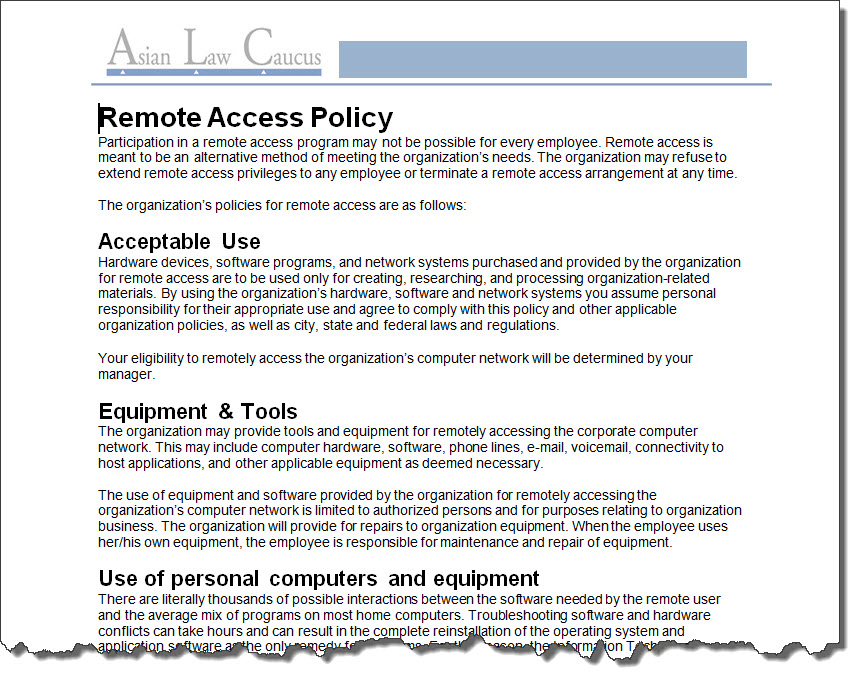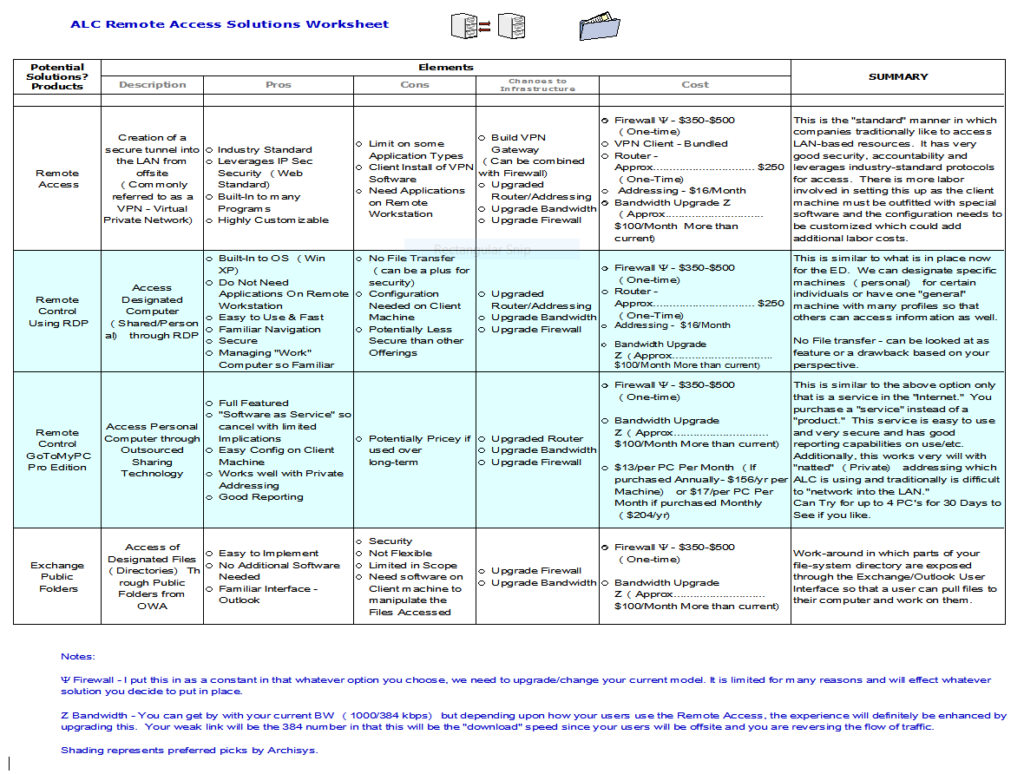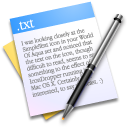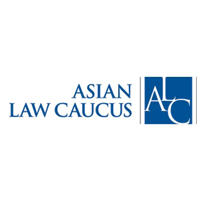ALC – What are my Choices?
Founded in 1972, The Asian Law Caucus is the nation’s first legal and civil rights organization serving the low-income Asian Pacific American communities. The ALC focuses on labor and employment issues, housing, immigration and immigrant rights, student advocacy (ASPIRE), civil rights and hate violence, consumer rights senior rights, and juvenile justice. Its mission is to promote, advance, and represent the legal and civil rights of Asian and Pacific Islander (API) communities.
“I worked with Michael and his team at another institution and when I came to ALC, I brought them over when I could and they handled our infrastructure. As the CFO, I had oversight of IT as well as my financial duties. Needless to say, I know my area well – Financial – and did my best to make the right decisions for the Technology side. What I liked about Michael and his group is that they did handle the systems and computer stuff week to week but when I worked with Michael, he was always giving us the ‘Big Picture’ stuff so i could have some visibility that I didn’t have otherwise and pulled me up to a ‘Higher Level.’ So, when asked to write something about him, I would have to say that in addition to having my “Computer Work,” I appreciated the way in which he communicated the critical factors of a good network and translated this to me in a language I could understand and make quality decisions upon.”
Susan Lau, Director of Finance & Operations 2004-2007
ITB – The environment at ALC was not that different from others – both for and non-profit – with the staff levels that they had. Managers doubled up and did their best with all of their job roles. Some, like Susan, had formal training in the ‘Main’ job she was hired for – i.e. – Finance – and had some on-the-job experience over the years for their supervisory role in another secondary area. Where things worked well was that she had both levels of help for her – the ‘lower level’ systems administration (the ‘turn the gears’ technical work) – the backups were being made and the applications were provisioned and maintained on their network, as well as the ‘high-level’ service in the form of M. Cecchini in which he was called in to review items of concern and proffer advice on areas of interest. Many times this occurred for items such as messaging platforms, server roles, documentation, wireless access, DB choice, etc.
 One such example of the ‘macro view’ role occurred when Susan and the management team was guided in the area of Remote Access/Control. When first brought up, they didn’t even have the correct words/concepts – remember, this is 2004 – and so used both ‘Remote Control” and “Remote Access” interchangeably. A lot more goes into a server/platform/technology choice than just the technology. First, the team with the need has to communicate these desires (it is the job skill of the analyst to elicit the responses by leading them if they do not have the framework or even the right language). Then there is the financial impact, change to existing processes and maybe even personal or legal implications. This is all to demonstrate that even if a ‘geek’ could offer the right solution, he couldn’t communicate this in the correct manner and gain the consensus that needs to be had before an institutional decision is made. He just doesn’t think that way nor is he respected at the management table as he has a very narrow perspective and view the world as such. Ask him about policy and staff uptake, etc., and it is not that ‘interesting’ to him. Thus I created a simple chart with the information I thought relevant to managers who were requesting this service. At present, we can all take this capability for granted as mobile devices can now routinely connect back to the enterprise and are getting more and more integrated. That is not the point of the matrix but it is the level of detail and they layout of choices for the non-technical personnel who were the decision-makers that matters the most. Thus, for that time, it is the methodology that is used to get to the ‘right’ solution that does not change but the content and technology choices, of course, do. When clearly defined with a dollar estimates, they were able to make the best choice for their organization. Along with that, a policy was drafted as access to corporate information from offsite machines needed to be addressed. This little example illustrates that the right information intelligently laid out and buttressed with supporting policies, can guide the non-technical manager to the correct decision in a straight-forward manner.
One such example of the ‘macro view’ role occurred when Susan and the management team was guided in the area of Remote Access/Control. When first brought up, they didn’t even have the correct words/concepts – remember, this is 2004 – and so used both ‘Remote Control” and “Remote Access” interchangeably. A lot more goes into a server/platform/technology choice than just the technology. First, the team with the need has to communicate these desires (it is the job skill of the analyst to elicit the responses by leading them if they do not have the framework or even the right language). Then there is the financial impact, change to existing processes and maybe even personal or legal implications. This is all to demonstrate that even if a ‘geek’ could offer the right solution, he couldn’t communicate this in the correct manner and gain the consensus that needs to be had before an institutional decision is made. He just doesn’t think that way nor is he respected at the management table as he has a very narrow perspective and view the world as such. Ask him about policy and staff uptake, etc., and it is not that ‘interesting’ to him. Thus I created a simple chart with the information I thought relevant to managers who were requesting this service. At present, we can all take this capability for granted as mobile devices can now routinely connect back to the enterprise and are getting more and more integrated. That is not the point of the matrix but it is the level of detail and they layout of choices for the non-technical personnel who were the decision-makers that matters the most. Thus, for that time, it is the methodology that is used to get to the ‘right’ solution that does not change but the content and technology choices, of course, do. When clearly defined with a dollar estimates, they were able to make the best choice for their organization. Along with that, a policy was drafted as access to corporate information from offsite machines needed to be addressed. This little example illustrates that the right information intelligently laid out and buttressed with supporting policies, can guide the non-technical manager to the correct decision in a straight-forward manner.








